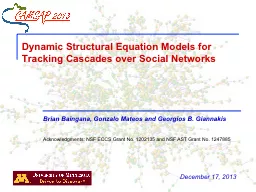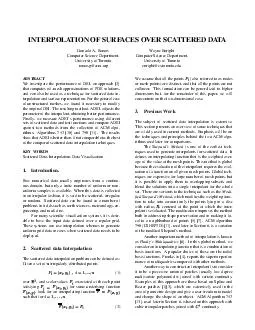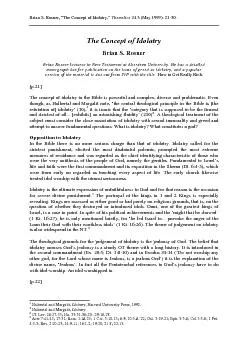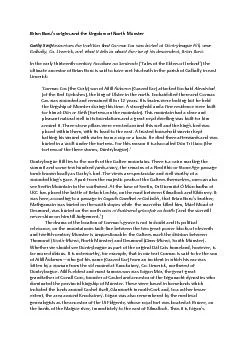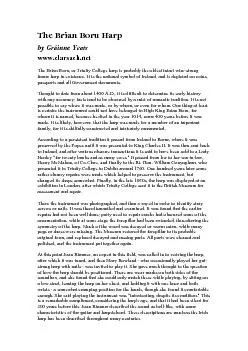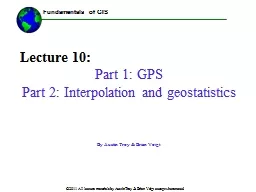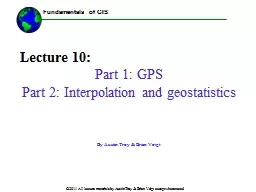PPT-Brian Baingana, Gonzalo
Author : tatyana-admore | Published Date : 2016-09-14
Mateos and Georgios B Giannakis Dynamic Structural Equation Models for Tracking Cascades over Social Networks Acknowledgments NSF ECCS Grant No 1202135 and NSF
Presentation Embed Code
Download Presentation
Download Presentation The PPT/PDF document "Brian Baingana, Gonzalo" is the property of its rightful owner. Permission is granted to download and print the materials on this website for personal, non-commercial use only, and to display it on your personal computer provided you do not modify the materials and that you retain all copyright notices contained in the materials. By downloading content from our website, you accept the terms of this agreement.
Brian Baingana, Gonzalo: Transcript
Download Rules Of Document
"Brian Baingana, Gonzalo"The content belongs to its owner. You may download and print it for personal use, without modification, and keep all copyright notices. By downloading, you agree to these terms.
Related Documents

